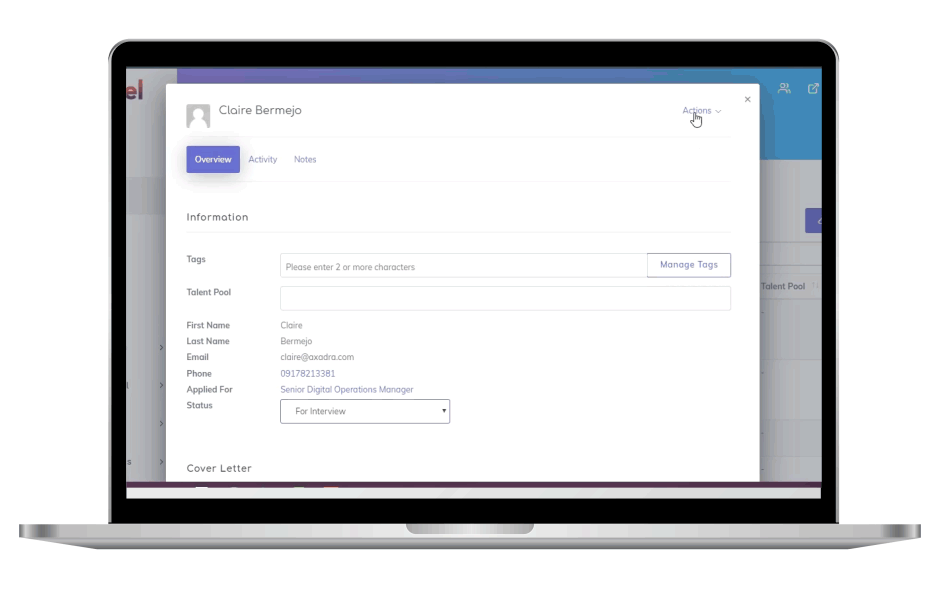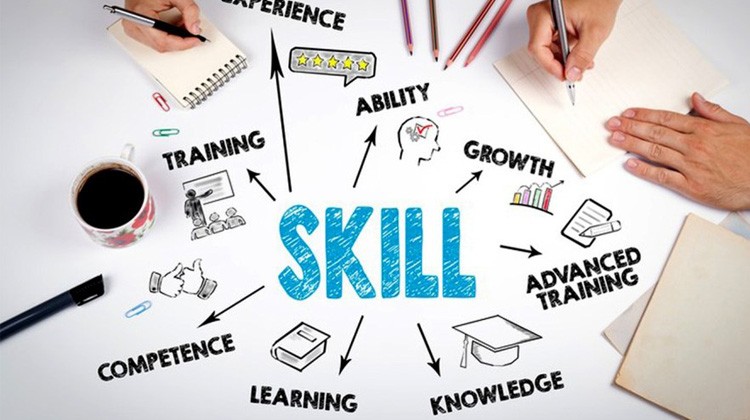Gone are the days of manual workforce predictions and spreadsheet calculations. Today, the most competitive companies invest in HR analytics software to acquire, maintain, and train the right number of employees. HR decision-making is based on cold, hard data, leaving no room for human error or bias.
HR analytics touches on all points of an employee’s life in your organization but makes the biggest impact on recruitment. With the right HR recruitment software at your fingertips, you can invest in employees that have the skills, loyalty, and work ethic to help you grow your company.
More specifically, HR analytics streamline your recruitment process in three ways: it improves workforce forecasting, generates skill analytics, and monitors employee turnover.
Workforce Capacity: How Many People Do You Need?
To remain profitable, an organization needs to assess the capacity of its workforce. It goes beyond determining the number of open positions; it’s about analyzing the efficiency of the organization. Are there redundant positions? Are employees making the most of their working hours? Which departments are under- or overstaffed?
A reliable HR analytics software can forecast the workforce needs even before business managers realize them. The software can analyze historical demand, economic situations, and the trend for business demands. These forecasts can range from short-term needs (the next three months, for instance) to long-term requirements (in some huge companies, to the next decade).
With clear workforce predictions, your recruitment team can formulate a robust hiring strategy to meet the company’s anticipated growing (or shrinking) needs.
Talent Acquisition Analytics: Are They Fit for the Job?
HR analytics go beyond churning out the cost-effective workforce size; it also helps determine people who are the right fit for the job. This helps you evaluate the effectiveness of your current talent acquisition process. Common metrics include:
- Quality of New Hire — This monitors if the performance of the recruits meets the expected levels.
- Cost Per Placement — These data show how much each job posting costs.
- Time-to-Fill — These data set shows how long it takes from the job posting to the time the offer was accepted by a candidate.
These metrics show which talent acquisition strategies and promotions are the most cost-effective. With solid figures, the HR team can allocate their resources productively.
Employee Turnover: How Many Vacancies Are There?
Employee retention is a priority among today’s employers. Fortune, an entrepreneurial online magazine, cites a 2017 study that reveals 87% of employers prioritize improving employee retention. It makes business sense — it’s more cost-effective to spend and train on salary appraisals than hire and board new employees.
As such, HR analytics that focus on employee retention is crucial for any company. Common metrics that fall under this are:
- Employee Satisfaction Rates — These show how happy employees are, which ultimately affects their stay in the company;
- Employee Engagement Levels — This is the extent to which employees feel passionate, motivated, and committed to your company.
With a clear HR analytics software, you can keep your pulse on employee turnover, which can further help you streamline your recruitment strategies.
Invest in Talent Acquisition Software
Cold, hard data is key to improving your recruitment policies and keeping your workforce at a cost-effective size.
SkillFuelmakes talent acquisition easier, faster, and more streamlined. Track applications, match candidates to the job perfectly, and land the ideal employee, every time.
Sign up for a free demo today.











